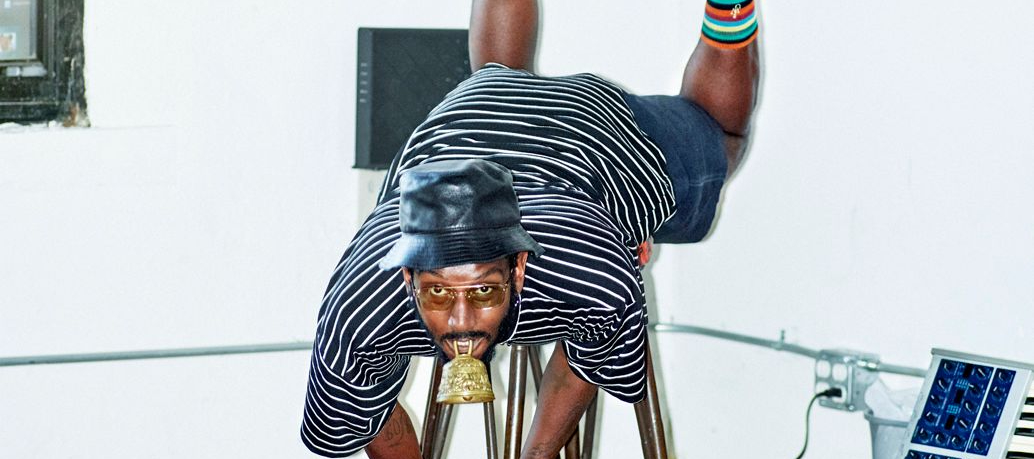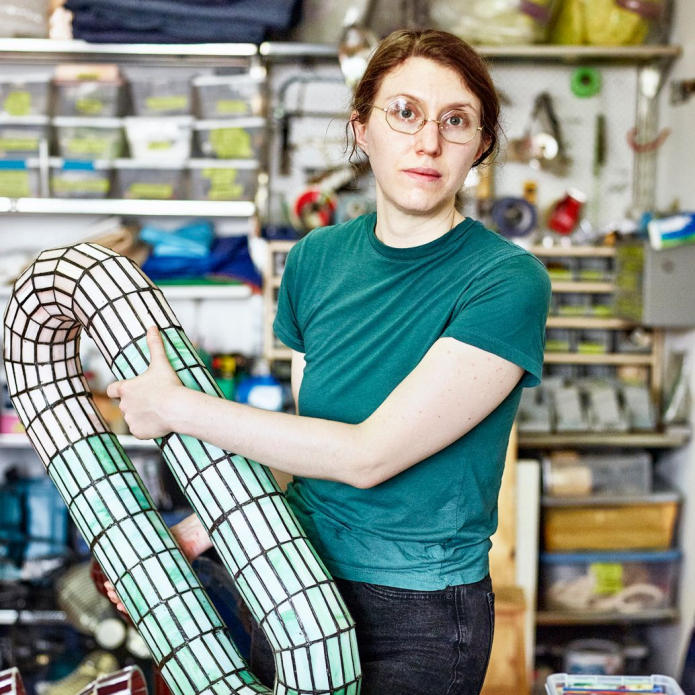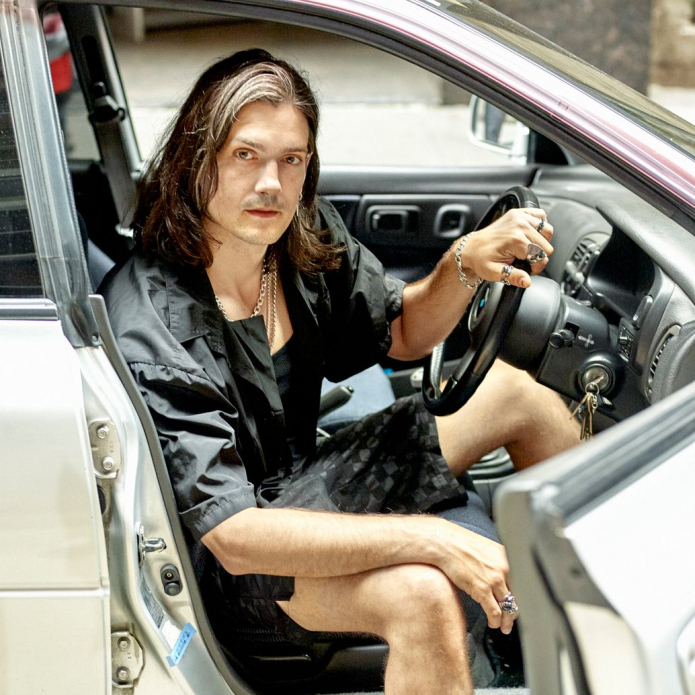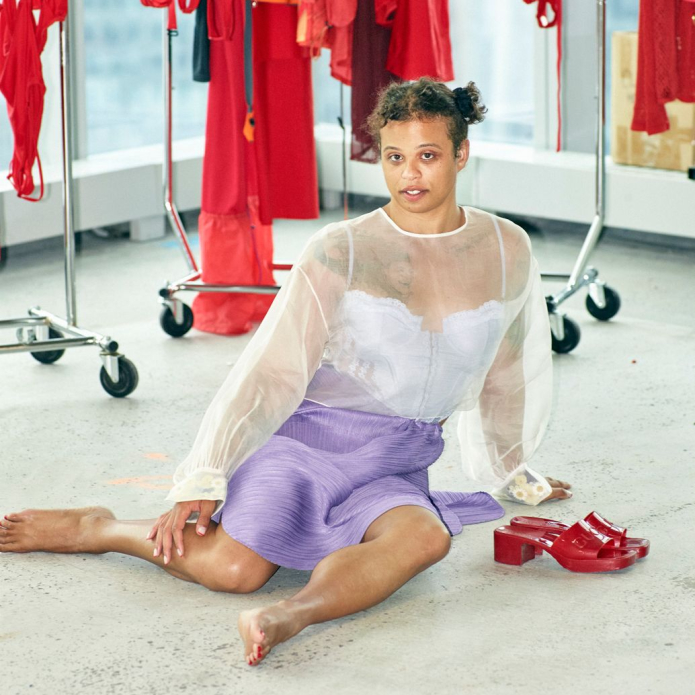Artist and director Elliot Reed’s website and Instagram is his name followed by the word “laboratory” or “labs.” Labs are for experimenting and researching—and playing. Reed’s background is music (he used to have a solo electronic music project) and his grandmother certainly knew how to play: “My grandmother was a church organist growing up, which was really impressive to me as a kid. I remember she’d always leave in the middle of service to go play a giant pipe organ,” they tell me. “She would play the hymns and stuff on this huge, hundred-year-old thing. She taught me how to play piano when I was really young.” Reed was born in Milwaukee and lives in New York City, where their practice includes video, sculpture, choreography, installation and performance. Just as he feels that his experience with his grandmother’s craft began before she even got out of her seat, his recent work has expanded the timeline of performance. “My desire to do more elaborate things on stage and for an audience took me further and further away from instruments and more into experimenting with different kinds of live art making.” His exhibition “Three Works” at OCDChinatown is also considered performance, in a broad sense: without a beginning and an end, without a performer, without a stage, without a script.
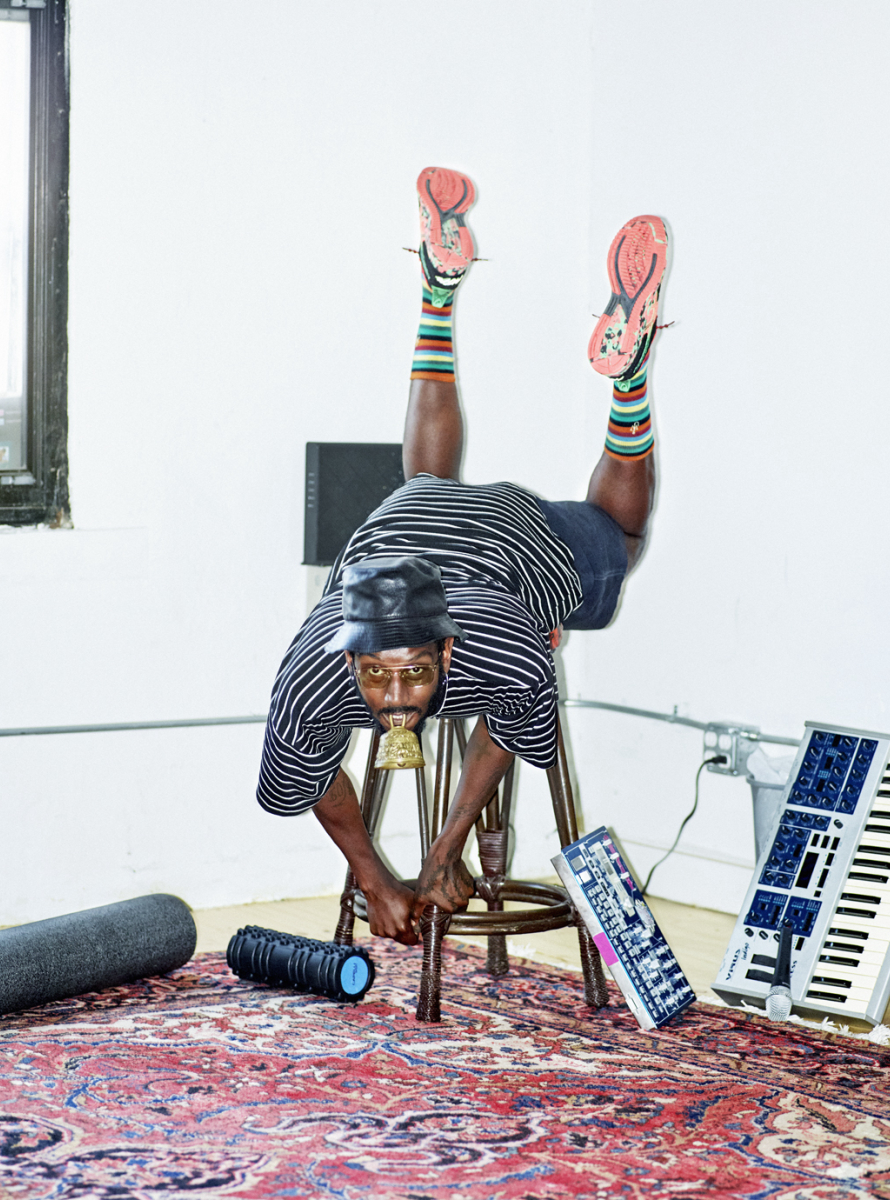
Creativity under conditions of constraint took a sharp turn in 2020. As part of “This Longing Vessel: Studio Museum: Artists in Residence 2019–20,” presented at MoMA PS1, Reed showed Duets, four livestreamed performances that took the requirements of public-health guidelines as a “formal challenge,” a far cry from their regular work, which tends to involve people gathering together at bars or museums or galleries. “We were doing live mixing of the video that was going to the stream. So there’s this double spectacle happening,” he reflects on the process. “That question or play, figuring out how to aestheticize the livestream or how to add another layer of artfulness and creativity to something that could have been a restriction—all while acknowledging the bounds of the form—was interesting to me.”

